Our Company
Hamilton Robson is a technology company, specialising in audio visual and software development.
We create unforgettable experiences and solutions for ultramodern spaces.
Useful Links
Menu
This is a story of a once in a lifetime project that kicked off back in 2019. It touches on a bit of everything I’m interested in as an engineer – content, electronics design, mechanical design, embedded software, material science… even ballistics.
In January 2022, one of our customers launched a new tourist attraction, engaging guests with interactive technology exhibits. We worked with the client on the AV design and build, as well as interactives. It has been one of the most interesting projects I’ve worked on. There were around 12 collaborators, and every facet of the project is interesting enough to devote a full blog to.
At Hamilton Robson, we love to help clients spot opportunities to innovate. During a design workshop on interactive technology, we had the opportunity to show the client’s team some of the technology we had been developing, lots of which ended up informing the design of the tour. During the early design phase, we were shown a previous iteration of a longbow experience deployed at a touring exhibition and were asked how we could improve the experience.
This led me to develop some of the boldest and most interesting prototypes I’ve ever worked on.
We didn’t quite know it yet, but with these requirements, we would require a ground-up re-think.
The first step was research. As part of this I tried out some real bow and arrows, built wooden targets, shot arrows – it was very satisfying, and I fell in love with how it felt. This is the emotion we had to invoke with the technology.
During this phase we experimented with a lot of different methods to detect at what speed the arrow had been fired. Many of these either felt satisfying but made it difficult to measure the speed or measured speed well but felt unsatisfying…
The key take-away from this part of the journey was to find an indirect sensor – something that didn’t add any friction, allowed fast recognition of motion, and wasn’t affected by dust.
In the end we used a magnetic based, stopwatch approach – this ‘magnetic lighthouse’ was fast, lightweight, had complete angle-of-entry coverage and most importantly felt satisfying to fire.
One of more photogenic parts of our magnetic lighthouse solution:
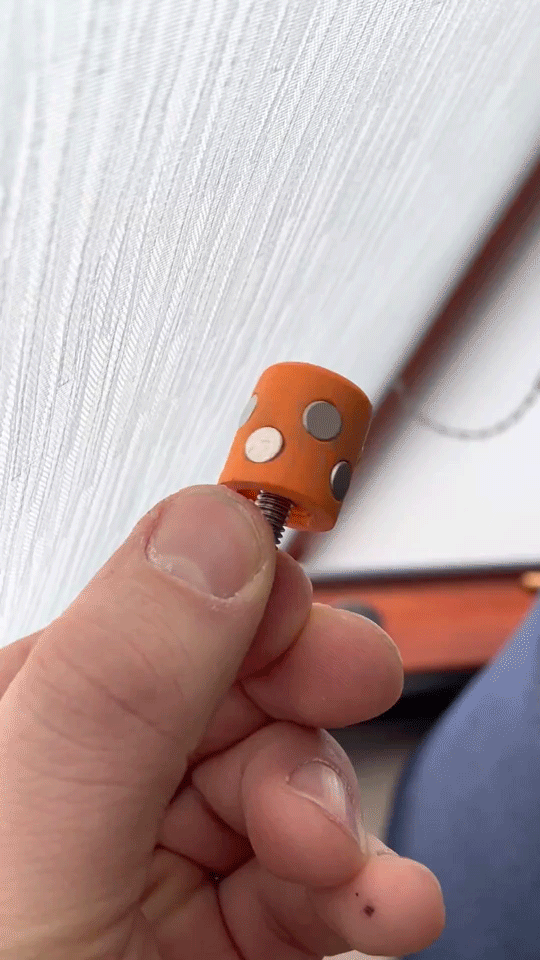
Unlike what science-fiction would lead you to believe, a fast-flying spaceship (or arrow) is all fun and games until you realize you’ll need some hard work to stop it.
We needed something to dissipate a lot of energy in a tiny space, time and with little noise.
Through our research we found that most off-the-shelf components were designed for heavier payloads. Lightweight components came with strict speed warnings as they could literally explode should we use one. Experiments with simple metal or air spring-based designs created a ‘harmonic’ see-saw motion that was difficult to tune out.
Next, we looked to high-performance rally cars and professional Remote Control (RC) suspension systems for inspiration and designed a custom 3D printable ‘Coilover’ style shock absorber.
A Coliover suspension shock used in rally cars:
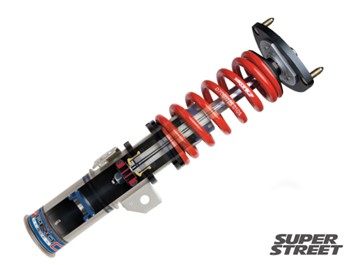
It took many iterations to get this right. While we used 3D printing for the protypes we didn’t expect those prototypes to be strong enough, but the team gained so much experience in designing 3D printing parts for mechanical stress that we were able to (mostly) 3D print super-shocks with production quality performance.
The path to developing a 3D printed super shock (left) and one of the larger, see-through prototypes (right).

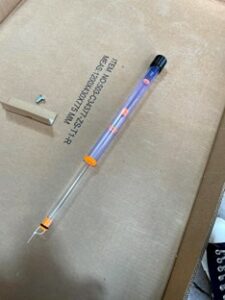
One disadvantage of the super-shock was that it required us to make some of the bow’s other parts larger to accommodate it. At this point, that was quite a lot of redesign work but more importantly it would also start to impact or limit the way the bow would look.
We’re a passionate problem-solving team, so it wasn’t long before we had a new idea – A ‘Flexure’ shock– a shock absorber design based on engineered ‘compliance’. In layman’s terms a structure designed to bend in predictable ways. Again, with 3D printing it only took a day to arrive at a design that worked. Using a softer, more rubber-like plastic, Thermoplastic polyurethane (TPU) and with a design inspired by research on ‘Auxetic patterns’ the secret was when squashed, the shape allowed the entire shock body to twist with compression, distributing the energy impact more evenly across the material and prevent angles forming that could create tear-hotspots.
Below is an example of an Auxetic pattern that inspired our next prototype – Jelly-shock. An Auxetic pattern is a kind of repeating shape (a ‘tessellation’) that has a novel energy distribution when squashed.
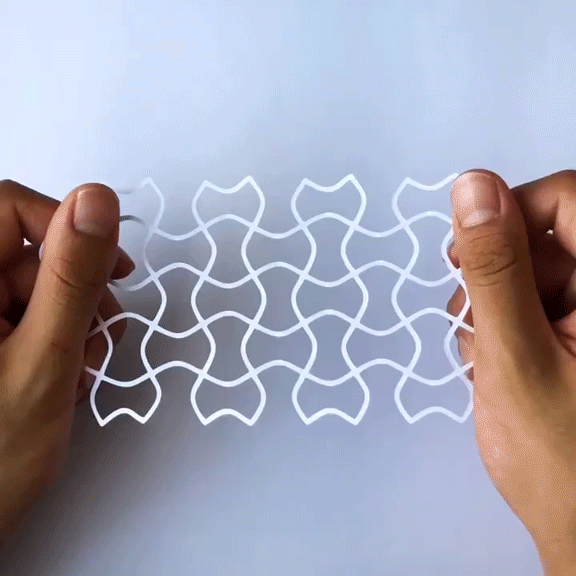
Credit: @chrislefteri
Using this approach, we were able to create a passive Jelly-shock that was a fraction of the weight, cost and complexity of the previous super-shock and it felt even better, bringing arrows to a satisfying, dulled stop.
Here was one of the early Jelly-shock prototypes:
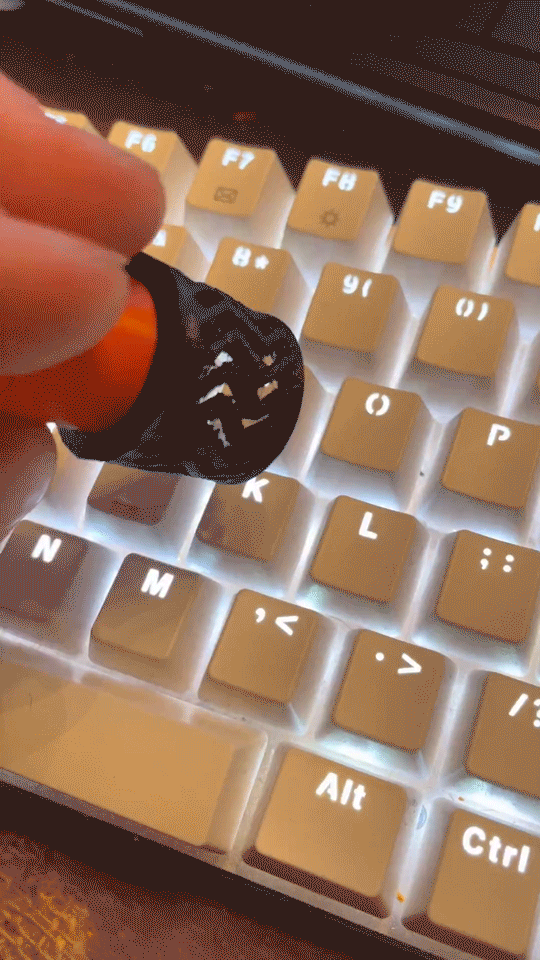
Our next lesson came with lifecycle testing. We knew the longbow experience could see long and heavy periods of (ab)use, so we set up a simple robot to punish Jelly-shock and after a few days started to see the first signs of wear.
The Jelly-shock we were testing was made with 3D printed TPU; this means our flexible plastic starts life in a string shape, it’s then melted and cooled quickly in layers to build up its final shape. While this process enables fast, unique, and highly integrated designs, the additive, layered approach 3D printing uses will not produce parts as strong as classic single-shot (e.g., injection moulding/casting) or subtractive (e.g., milling/laser/plasma) fabrication processes.
Using a classic fabrication process for production parts would allow us to improve the part strength and life significantly, so we started pricing options to have someone do that but seen suppliers not have the capability to deliver such a complex shape cheaply at low volume.
In the meantime, we had been sent a sample of a new high performance 3D printing material Polyether block amide (PEBA) by Filimentum so we decided to print our jelly-shock with PEBA to try it out.
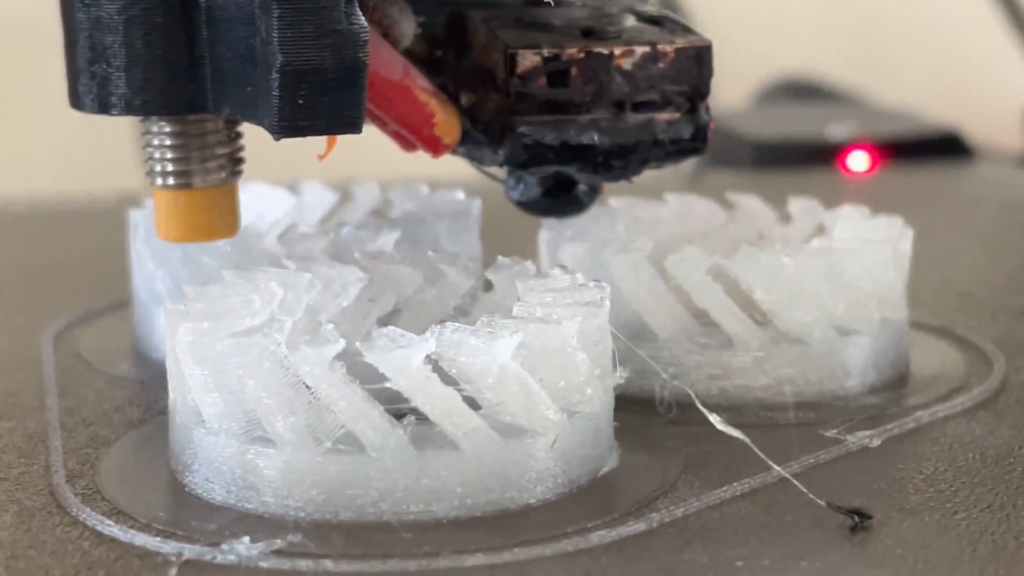
During its lifecycle testing, we couldn’t break it, we even tried using sledgehammers at one point! Mechanical parts do wear over time of course, but these tests showed that PEBA wildly outperformed TPU. This was a big turning point in the project, and we finally had the answer, so we secured a supply chain for PEBA, and it was go time for the client.
I built around eight full bow and arrows in total. Some of these prototypes are pictured here. Many of these were done in my home office due to Covid and working from home. My close family enjoyed the novelty of each iteration, and being able to bring any visitors on a tour of medieval themed replica weaponry – certainly a talking point.
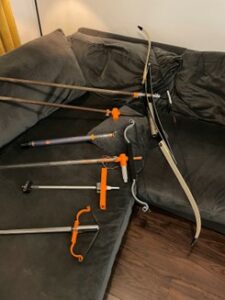
At our workshop, the Hamilton Robson team is working on performance upgrades in version 2.0. Planning for version 3.0 in progress too – we’re working on something that allows the entire bow to be safely untethered and tracks what it’s pointing at over a large volume and has self-contained sound effects. Something of this size and scale is quite unusual to be lightweight, but that’s the engineer’s mindset – iterate, iterate, iterate.
The final bow and arrows are in place and have been used by tens of thousands of visitors. I like seeing people playing with it in situ, especially when they beat by score! and I love to hear and read overwhelmingly positive feedback on the experience and know we were a part of it. But as an engineer I go into research mode at times – I’m always learning what people are doing with it and learning about user behaviour. As for when I play it – I know where all the sensors are and can play with my eyes closed although, this isn’t recommended where Bow and Arrows are concerned.
This work is a combination of strategy, design, product, engineering, and small batch fabrication, through the lens of the art of the possible.
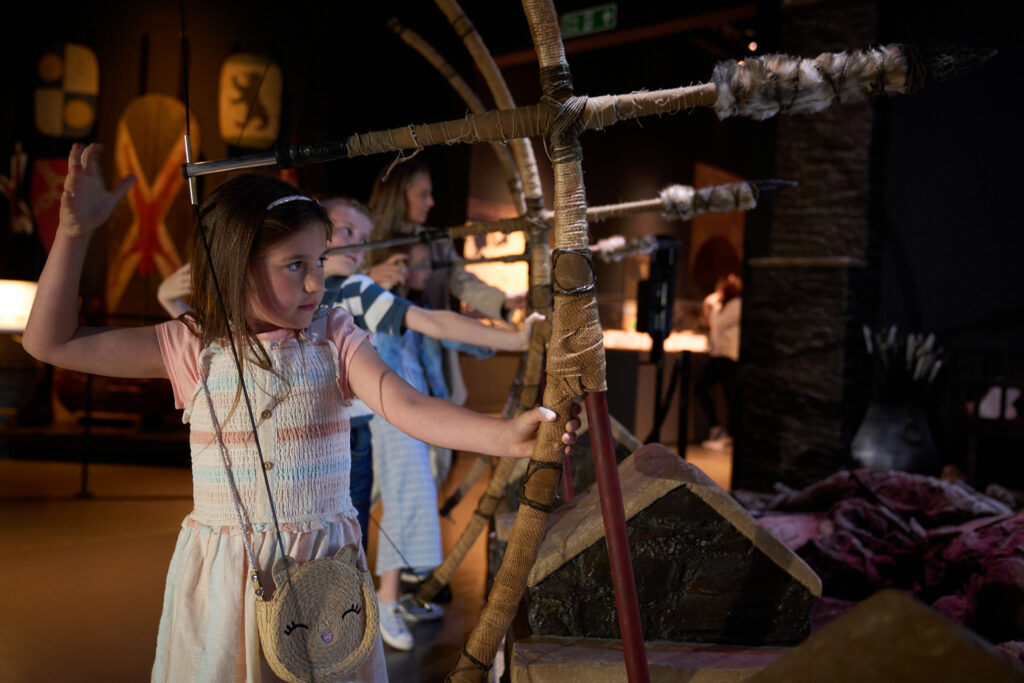
Find out more about our Software Engineering team’s work here.
Want to find out how the subject of this blog could help your business?
Our blended team of experts go over and above with our services to our customers, no matter what the challenge. Get in touch to find out how we can work together.
Hamilton Robson is a technology company, specialising in audio visual and software development.
We create unforgettable experiences and solutions for ultramodern spaces.
| Cookie | Duration | Description |
|---|---|---|
| cookielawinfo-checkbox-analytics | 11 months | This cookie is set by GDPR Cookie Consent plugin. The cookie is used to store the user consent for the cookies in the category "Analytics". |
| cookielawinfo-checkbox-functional | 11 months | The cookie is set by GDPR cookie consent to record the user consent for the cookies in the category "Functional". |
| cookielawinfo-checkbox-necessary | 11 months | This cookie is set by GDPR Cookie Consent plugin. The cookies is used to store the user consent for the cookies in the category "Necessary". |
| cookielawinfo-checkbox-others | 11 months | This cookie is set by GDPR Cookie Consent plugin. The cookie is used to store the user consent for the cookies in the category "Other. |
| cookielawinfo-checkbox-performance | 11 months | This cookie is set by GDPR Cookie Consent plugin. The cookie is used to store the user consent for the cookies in the category "Performance". |
| viewed_cookie_policy | 11 months | The cookie is set by the GDPR Cookie Consent plugin and is used to store whether or not user has consented to the use of cookies. It does not store any personal data. |